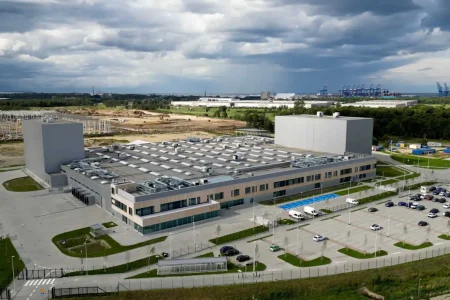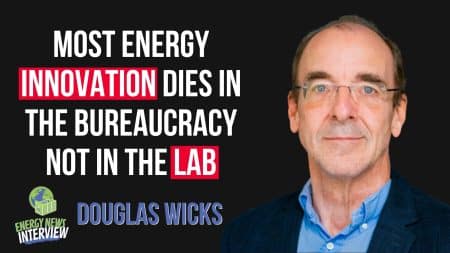According to the Energy Transitions Commission, primary steel projects with almost zero emissions are within reach in both Europe and North America. By 2030, the organisation says, the sector may be on a path that is compliant with the Paris Agreement.
According to a new report, in order to achieve 190 million tonnes of annual green production by 2030 and keep industry emission reduction targets in sight, the global pipeline of projects for the production of primary (ore-based) steel with near-zero emissions must triple within the next three years. The Energy Transitions Commission, or ETC, stated that appropriate industry and policy action in four countries can ensure a strong investment case, providing a chance to expand the project pipeline and quicken final investment decisions (FIDs).
According to the organization’s report, Unlocking the First Wave of Breakthrough Steel Investments – International Opportunities: United Kingdom, Spain, France, and the United States, steel already contributes 7% of annual global greenhouse gas emissions, and demand is expected to increase as the material is essential to constructing the energy transition, from wind turbines to electric vehicles, and to infrastructure growth in developing economies.
Critical investment decisions
The authors emphasised that novel methods for producing direct reduced iron (DRI) from low-carbon hydrogen have been developed and provide an effective method for decarbonizing primary steel. Given the lead times required, approving projects by 2026 is the key problem, according to the study.
According to ETC, the cash disparity is less significant than initially believed. One of the key elements for completing the “last mile” is the cost of low-carbon electricity for direct process power and green hydrogen synthesis, according to the report. Government support for capital investments and forward purchase agreements at an initial premium is also necessary for competitiveness in the near future.
EU’s international carbon tax strengthens the case for possible investment
The US Inflation Reduction Act’s tax credit for low-carbon hydrogen generation and the European Union’s upcoming phase-in of the Carbon Border Adjustment Mechanism, or CBAM, make a sound investment case possible, the report continues. The authors cautioned that governments and businesses must collaborate to prevent “cross-border friction” from any national support structures.
ETC stressed that up to 60% of the world’s steel demand in 2050 may still need to be satisfied by ore-based steel production because to the growing demand for the material and intrinsic restrictions to the amount of scrap steel that can be recycled in the future. It was estimated that one of the most important tasks for positioning the global economy on a pathway to holding global warming at a maximum of 1.5 degrees Celsius, in accordance with the Paris Agreement, is expanding the pipeline of commercial-scale, near-zero emission projects over the course of the next five years.
Pipeline of projects
There are a few projects worldwide that are developing direct reduced iron (DRI) production with clean hydrogen on a commercial scale, but the majority have not yet reached FID status, it was stated. By 2030, the organisation added, a pipeline of such primary steel with an annual production capacity of around 60 million tonnes will be online.
Thus yet, only three projects have actually begun construction: H2 Green Steel in Boden, Sweden (5 million tonnes annually), Salzgitter’s Flachstahl factory in Germany (2 million), and ArcelorMittal’s Dofasco plant in Hamilton, Canada (2.5 million tonnes).
A list of 28 publicly confirmed projects across 14 nations is included in the study. It contains Hybrit and SAAB’s manufacturing facilities in Sweden, as well as the upcoming Blastr factory in Finland. Regarding the area covered by Balkan Green Energy News, Liberty is preparing to build a facility in Galaţi, Romania, with a four million tonne annual capacity.
Notably, the European Union is about to classify hydrogen produced with electricity from nuclear power plants as low-carbon hydrogen following significant dispute. On the other hand, green hydrogen is produced using just electricity from renewable sources. Water is electrolyzed into oxygen and hydrogen in both processes.








